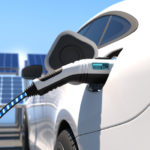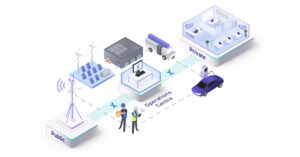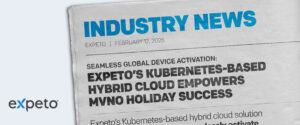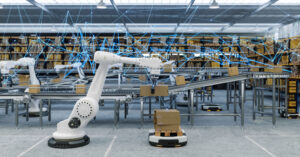Today’s electric utilities are stuck between a rock and a hard place. The modern world is dependent upon electricity to power virtually every facet of our lives, and demand is only growing. Yet concurrently, utilities are being asked to decommission large, fossil-fuel-based generation assets and transition to cleaner energy sources. In fact, most utilities in North America and Europe have pledged to meet aggressive decarbonization mandate timelines, many by the end of the decade. As the Sierra Club explained in their recent report, The Dirty Truth about Utility Climate Pledges, achieving 80% clean electricity by 2030 and 100% clean energy by 2035 is “in line with the scientific consensus of what is needed for a livable planet.” Thus, these decarbonization pledges are an essential facet of a global strategy to support a sustainable future for every living creature on earth.
With the 2030 deadline getting closer by the day, any delay in pursuing or advancing such initiatives jeopardizes the well being of our planet. This may feel like quite a burden to put upon utilities, but as a recent report from Visual Capitalist explains, it is not without cause.
“Since the residential, commercial, industrial, and agricultural sectors all use electricity, the decarbonization of utilities —the providers of electric power—can enable emissions reduction throughout the economy.”
As electricity powers almost every facet of our modern lives, putting the onus of decarbonization upon the utilities gets directly to the source of the issue. There is no reason, however, that utilities must go it alone. Collaboration across ecosystems will be essential to accelerating digitalization efforts that will reduce operational costs, broaden innovation programs and modernize the grid.
While pursuing this transformation, utilities must prioritize solutions that provide the agility, reliability, visibility and control required to safely and securely connect SCADA for Distributed Energy Resources (DER) and storage “tie-ins” anywhere in their service region. This is essential not just to meet short-term decarbonization goals, but also to support prolonged success as the electric grid becomes increasingly distributed and automated with growing numbers of green energy generation sources (e.g. wind turbines, solar fields). Time to implement is of paramount importance as well. But ultimately, these decarbonization goals cannot be met without an upgrade to the utility operator’s wireless Field Area Network (FAN) infrastructure. Today’s FANs rely on non-cellular technologies that cannot meet the exacting requirements for latency, bandwidth, security and reliability needed to support the kinds of next-generation technologies and wide area use cases that will make decarbonization a reality.
Expeto’s NeXtworking platform for enterprise mobile networking not only satisfies these demanding networking requirements, but goes a leap further to equip utilities’ IT/OT teams with simple, agile, IT-defined control over their public and private mobile connectivity to rapidly and affordably meet their 2030 deadlines. Furthermore, by securing both public and private mobile connectivity behind the utility’s firewall, Expeto enables utilities to safely and securely implement green DER anywhere in their service area while maintaining networking control. This is made possible by our software-defined NeXtworking platform, which is proven to reduce the cost of implementing service area wide coverage and control by 90% compared to solutions reliant on private 4G/5G radio deployments. And by making it simpler, faster and more affordable to support green new technologies, Expeto enables utilities to create an achievable roadmap to decarbonize the grid.
To learn more about Expeto’s enterprise mobile networking solution for utilities, click here.






